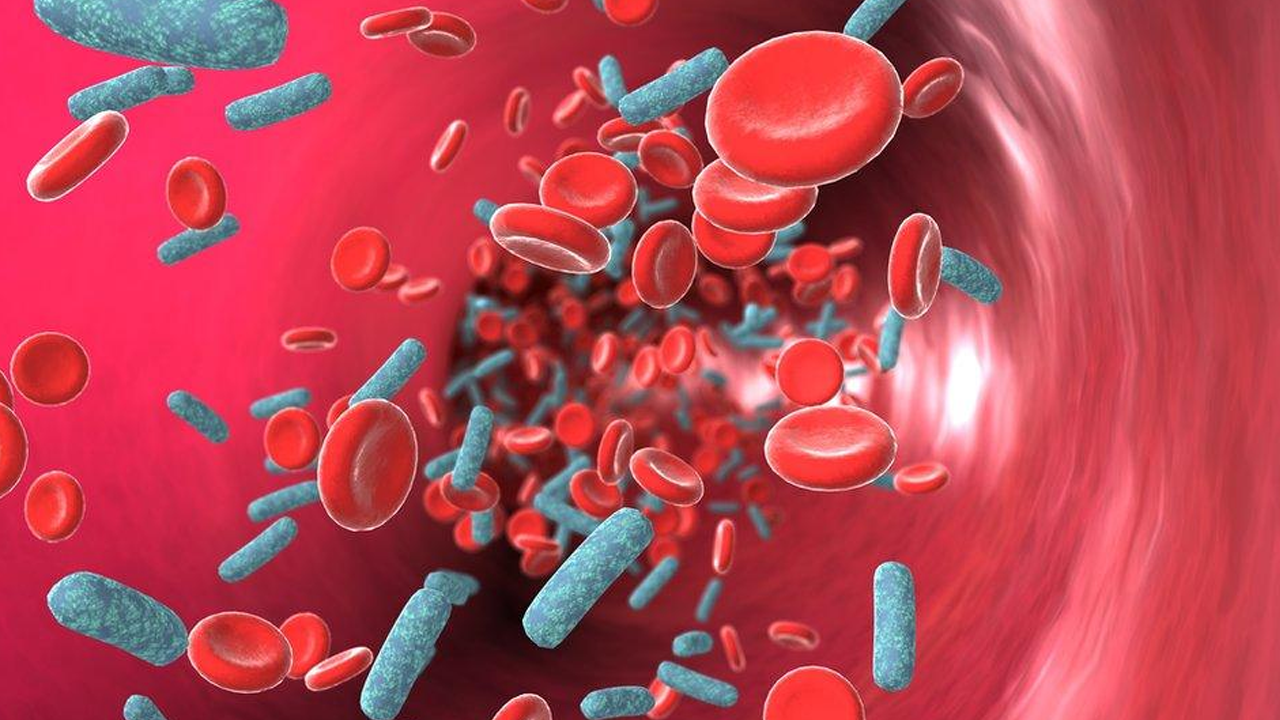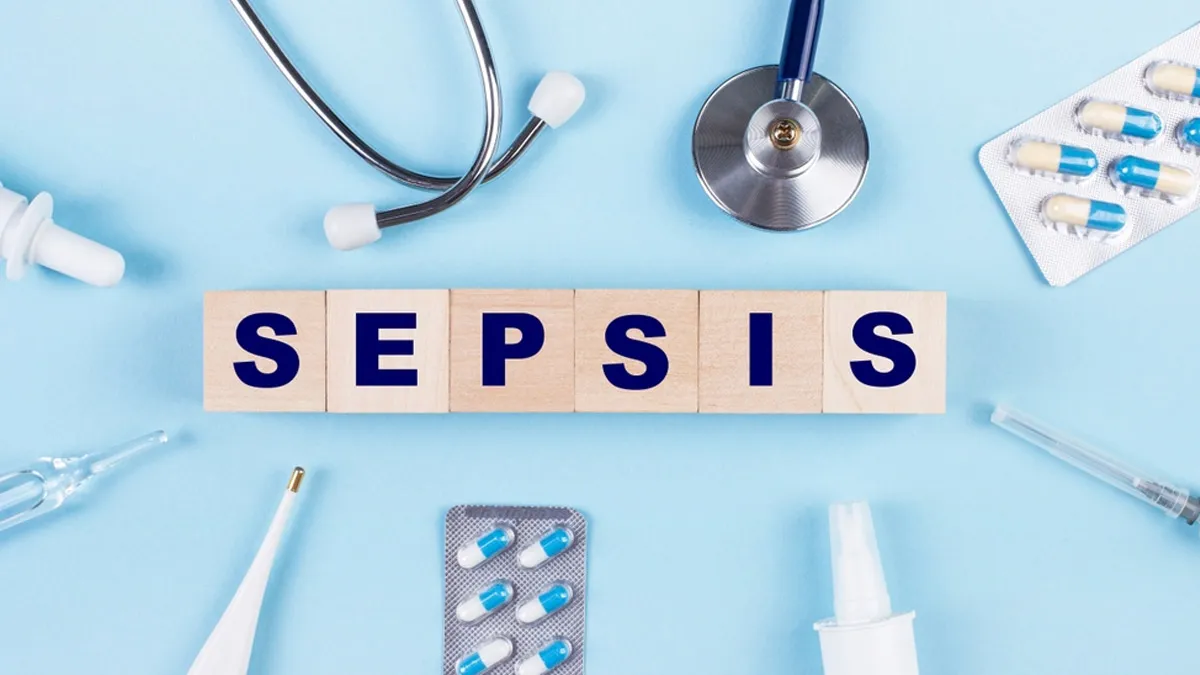
Recently, pop icon Madonna opened up about her frightening battle with sepsis, a life-threatening condition she experienced after a bacterial infection in 2023. She revealed how she was unconscious for four days in intensive care and required ventilation support. To help understand this urgent medical condition better, we spoke to Dr Shrey Srivasatava, Senior Consultant in Internal Medicine at Sharda Hospital, Greater Noida, who explained sepsis in detail and its implications.
Table of Content:-
Madonna On Her Battle With Sepsis
View this post on Instagram
In a recent episode of the "On Purpose" podcast with Jay Shetty, Madonna shared the harrowing journey she went through. She said, “I was rehearsing for my tour and I got a bacterial infection. One minute I was alive and dancing around, and the next I was in the ICU, unconscious for four days.” She added, “They took me off the ventilator. I started to breathe on my own, and I had something called sepsis. It can kill you.” Madonna emphasised the gravity of the condition and how it drained her strength and energy over an extended recovery period.
She also discussed the mental challenge of accepting the unknown timeline of recovery and credited her Kabbalah teacher for helping her embrace a mindset of radical acceptance during this ordeal.
What Is Sepsis? ![sepsis sepsis treatment]()
Dr Srivasatava explains, “Sepsis is a serious and potentially life-threatening condition where the body mounts an uncontrolled response to an infection. Normally, the immune system fights infection cleanly, but in sepsis, it becomes overactive. Chemicals released cause widespread inflammation and damage to tissues and organs. Without early treatment, it can quickly become fatal.”
ALSO READ: Neonatal Sepsis: Spotting The Hidden Danger in Your Newborn’s First Days
Causes of Sepsis
Dr Srivasatava explained the causes of the conditions:
- Lung infections like pneumonia
- Urinary tract infections, especially in older adults
- Abdominal infections such as appendicitis
- Skin infections from wounds or burns
- Bloodstream infections (bacteremia)
People with weakened immune systems, chronic illnesses, or those undergoing surgery are at higher risk. Infants and the elderly are particularly vulnerable.
Symptoms of Sepsis
Early recognition is vital. As explained by the expert, symptoms may appear fast and include:
- High fever or abnormally low body temperature
- Rapid heart rate and breathing
- Confusion or disorientation
- Extreme pain or discomfort
- Clammy or sweaty skin
- Low blood pressure in severe cases can lead to septic shock
Treatment for Sepsis![]()
Sepsis demands rapid and aggressive medical care, often in a hospital setting. According to Dr Srivasatava, the treatment may include:
- Intravenous antibiotics to battle the infection
- Fluids to support blood pressure and maintain organ perfusion
- Oxygen or ventilator support if breathing is compromised
- Surgery to drain or remove the infection source, when necessary
- Prompt diagnosis and early intervention are crucial. They greatly improve the chances of survival and reduce complications.
Sepsis remains a heavy global burden. According to a study, sepsis causes a dysregulated immune response and severe organ dysfunction. Another study analysing 234 sepsis cases found that early use of broad-spectrum antibiotics and fluid resuscitation was significantly associated with better survival.
Conclusion
Madonna’s story shines a spotlight on the seriousness of sepsis, a condition that can escalate quickly and silently after infection. Knowing the warning signs, risk factors, and treatment options is vital for timely medical intervention. Sepsis is a medical emergency; awareness and rapid action can be lifesaving.
Also watch this video
How we keep this article up to date:
We work with experts and keep a close eye on the latest in health and wellness. Whenever there is a new research or helpful information, we update our articles with accurate and useful advice.
Current Version
Oct 01, 2025 21:07 IST
Published By : Vivek Kumar

